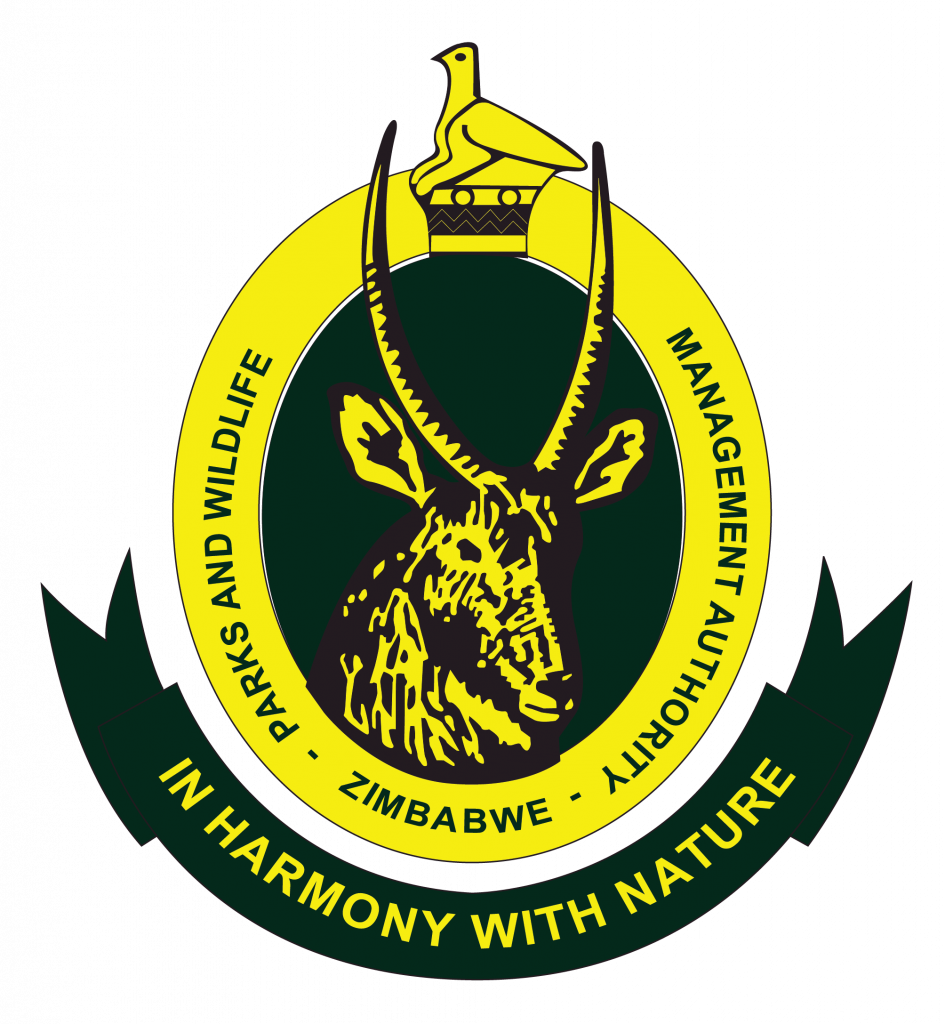Chinhoyi caves is located in Zimbabwe’s North Central Province of Mashonaland West Province in Makonde District. The designated park area itself is about 1.2 square kilometres in extent but adjoined to state land of 8.6km 2 which also enjoys protection as part of the protected area.
It is the most extensive system of caves in Zimbabwe, a natural karst system composed of limestone and dolomite, with a pool of crystal clear blue water and popularly known as the Sleeping Pool or Chirorodziva (Pool of the fallen). This name comes from an incident that occurred in 1830 whereby the Angoni tribe attacked the local resident people and threw the victims into the Caves to dispose of them.
These caves have a historical and cultural significance dating back to the 16th century when they were used by the Shona tribes for storing grain and as refuge from the raiding tribes. In the 1890s chief Chinhoyi and his followers, after taking over from Chief Nyamakwere, used the caves especially the Dark Caves as refuge from marauding tribes such as the Matebele. The Chinhoyi Caves are also believed to be sacred and spirit mediums visit the place for ancestral worship and cultural ceremonies.
Chinhoyi Caves was designated as a National Park in 1955, Recreational park in 1975 and in May 2013 designated as a Ramsar Wetland. The area supports a diversity of bird species and small animals such as impala and baboon. The depth of the sleeping pool is not exactly known although some estimate it to be well over 171 meters. However, a record 103meters was achieved by one of the groups while scuba diving.
